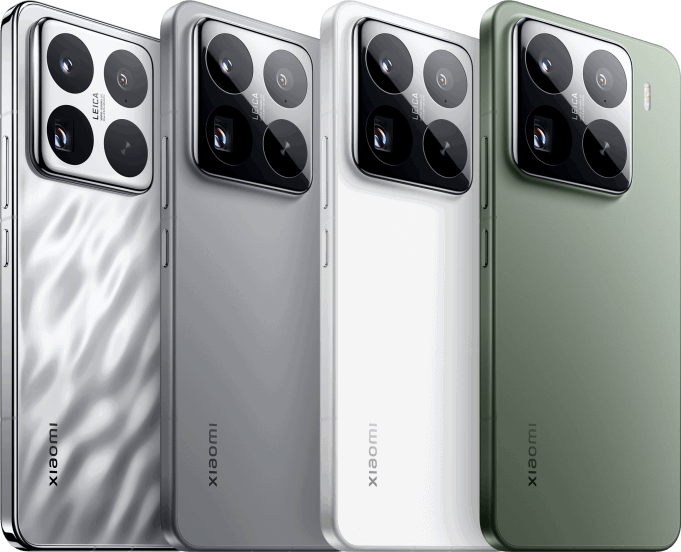The Sony WF-1000XM4 are finally here. The company’s highly anticipated noise-canceling wireless earbuds (and successor to the 2019-released WF-1000XM3) are available right now for $280 — the same price as the competing Bose QuietComfort Earbuds.
So, what’s different about them? A lot.
Sony redesigned the WF-1000XM4 from the ground up so that they look and fit drastically different from any other company’s other wireless earbuds. Sony improved the sound quality and active noise-cancellation, too, and gave them some similar features found in its newest noise-canceling over-ear headphones, the Sony WH-1000XM4.
Sony WF-1000XM4 vs Sony WF-1000XM3: What are the big differences?
Sony upgraded its WF-1000XM4 with a new V1 processor, a new microphone system and new 6mm drivers that, together, noticeably improve its active noise-cancellation and transparency modes.
These wireless buds also share plenty of features with their headphone-shaped cousins, the WH-1000XM4. There’s the new “Speak to Chat” feature that automatically pauses the music when you start talking. You can also cover the right earbud with your hand to pause the music. They’re integrated with Sony’s “Precise Voice Pickup Technology” for improved call clarity.
Sony improved the battery life of the Sony WF-1000XM4. Each wireless earbud is rated for an extra two hours of juice. The new charging case has the same battery life (24 hours total) and yet is 40-percent smaller. It also supports wireless charging, which is a first for Sony wireless earbuds. And the Sony WF-1000XM4 have an IPX4 rating, which makes them resistant to splashing water (though not anything more intense than that).
How’s the sound quality?
Like their predecessors, the Sony WF-1000XM4 are also some of the best sounding noise-canceling headphones you can buy. But the big upgrade with the Sony WF-1000XM4 wireless earbuds is they they support LDAC.
LDAC is Sony’s codec that can stream high-resolution audio tracks (up to 32-bit/96kHz) over Bluetooth. This means that the Sony WF-1000XM4 can audio quality that’s roughly three-times the quality as most wireless earbuds — but you’ll need to be playing a lossless music track that supports LDAC to take advantage of it.
If you don’t subscribe to a lossless music service, don’t worry. The Sony WF-1000XM4 also support Sony’s proprietary software (DSEE Extreme) that will upscale your music files (MP3 or AAC, for example) to near high-resolution sound quality. In a nutshell, the new wireless earbuds sound great and will play high-quality audio no matter what.
Do they fit the same as the WF-1000XM3?
Not exactly.
The Sony WF-1000XM4 wireless earbuds are smaller than the WF-1000XM3, and they have much more traditional rounded design (while the WF-1000XM3 have a more angular fit). In my opinion, they fit very similar to the Sennheiser Momentum TW 2 or the Master & Dynamic MW08. Sony has new foam eartips that do help the earbuds stay more securely in your ears (they also do a pretty awesome job of blocking out ambient noises).
The best noise-canceling wireless earbuds yet?
It’s a difficult one to call. The Sony WF-1000XM4 are definitely up there in terms of the best noise-canceling wireless earbuds you can buy — Sony’s WF-1000XM4 and Bose’s QC Earbuds are neck-and-neck in terms of noise-cancellation. And the sound quality is exceptional, too, although there are several high-end wireless earbuds (like Bowers & Wilkins PI7 or Master & Dynamic MW08) that give the Sony WF-1000XM4 and the Bose QC Earbuds a run for their money.
Ultimately it comes down to fit, features and the ecosystem of devices and services that you’re using. While Sony’s earbuds are terrific, it’s still to not recommend AirPods Pro to somebody with an iPhone for example, for ease of use and features like spatial audio alone. But if you want one of the best noise-canceling wireless earbuds you can buy, and you like sound and features (there are a lot) that come with Sony’s audio products, the Sony WF-1000XM4 are a pricey but perfect fit.
This content is created and maintained by a third party, and imported onto this page to help users provide their email addresses. You may be able to find more information about this and similar content at piano.io


